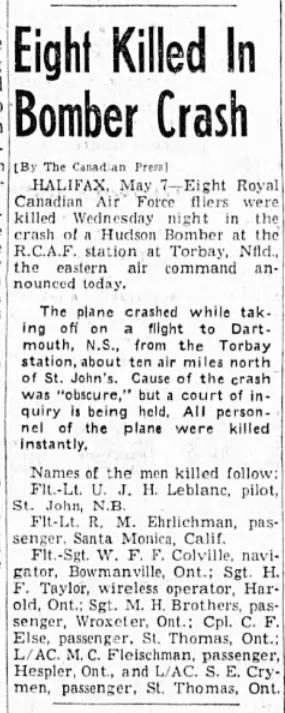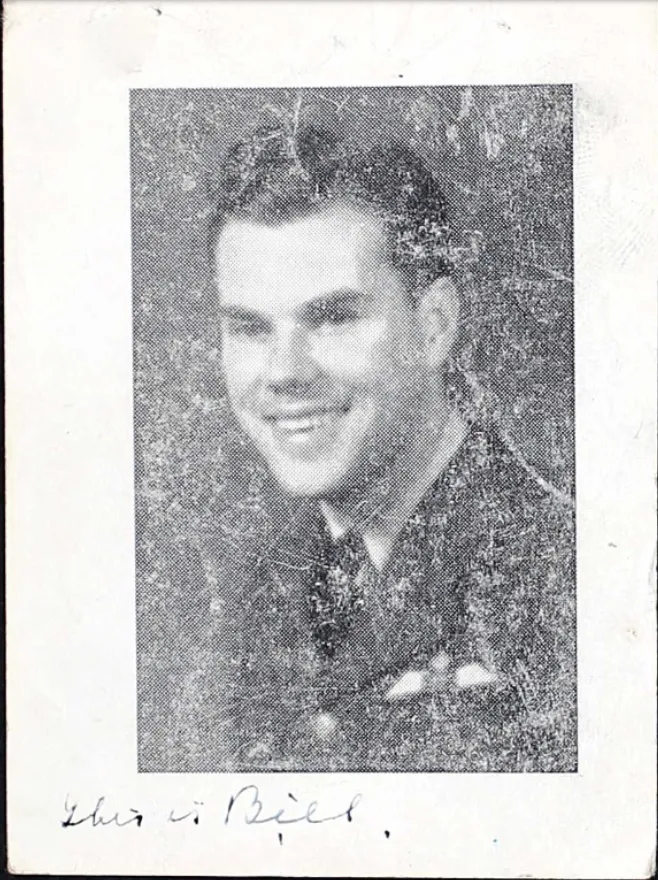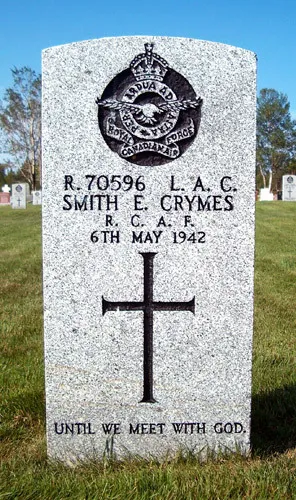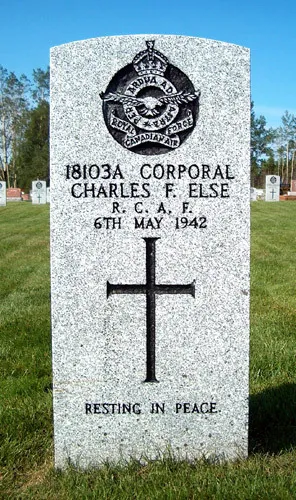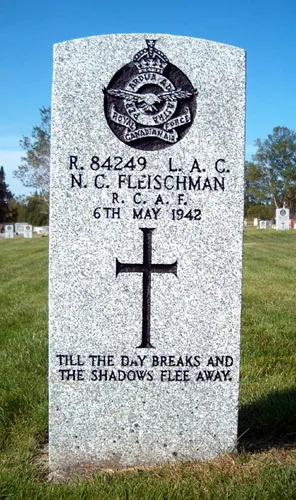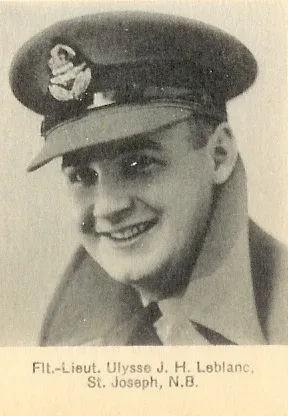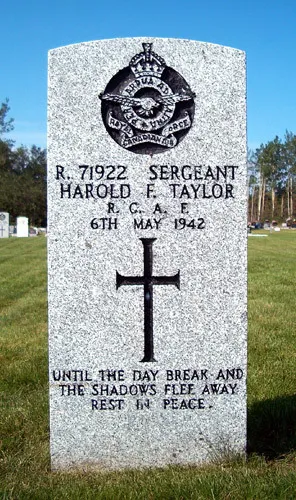Ehrlichman, Rudolph Irwin (Flight Lieutenant)
Killed in Action 1942-May-06
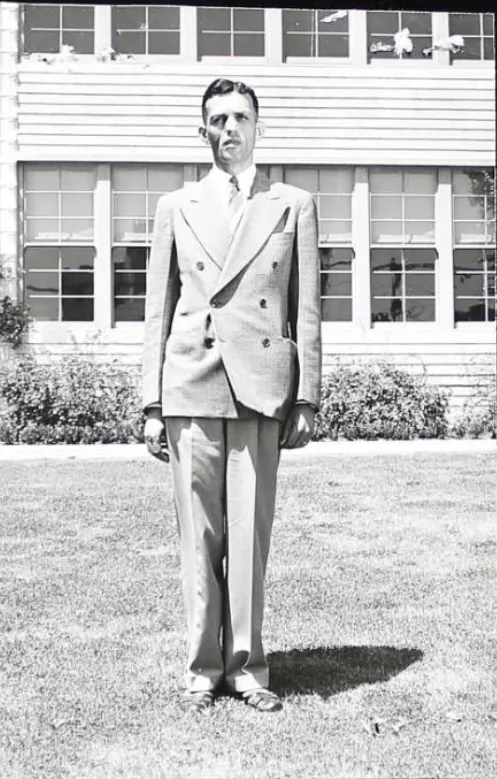

Birth Date: 1897-March-29
Born:
Parents: Son of Walter and Antoinette Ehrlichman of Seattle, Washington, U.S.A.
Spouse: Husband of Lillian C. Ehrlichman of Santa Monica, California.
Home: Seattle, Washington, USA
Enlistment:
Enlistment Date: unkown date
Service
RCAF
Unit
11 (BR) Sqn- Squadron
Base
RCAF Stn, Torbay, Newfoundland
Rank
Flight Lieutenant
Position
Pilot
Service Numbers
C/2637
Crew or Other Personnel
Hudson 761
Accident Card - Lockheed Hudson I serial:761
This accident involved 1 aircraft on 1942-May-06. Hudson I s/n 761.
This accident involved 8 people. Brothers MH, Colville R, Crymes SE, Ehrlichman RI, Else CF, Fleischman NC, Leblanc HJU, Taylor HF
This accident had 8 fatalities. Flight Sergeant Harold Fulford Taylor RCAF Killed in Action service no:R/71922 Hudson 761, Flight Sergeant William Freeborne Colville RCAF Killed in Action service no:R/78383 Hudson 761, Leading Aircraftman Norman Clifford Fleischman RCAF Killed in Action service no:R/84249 Hudson 761, Sergeant Monty Holt Brothers RCAF Killed in Action service no:R/51548 Hudson 761, Leading Aircraftman Smith Edward Crymes RCAF Killed in Action service no:R/70596 Hudson 761, Corporal Charles Frederick Else RCAF Killed in Action service no:18103A Hudson 761, Flight Lieutenant Rudolph Irwin Ehrlichman RCAF Killed in Action service no:C/2637 Hudson 761, Flight Lieutenant Joseph Hyacinthe Ulysses Le Blanc RCAF Killed in Action service no:C/907 Hudson 761
Hudson serial: 761
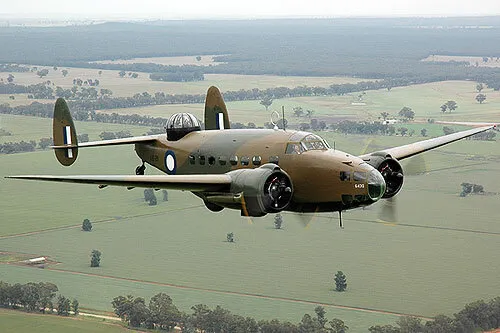
Source National Air Force Museum of Canada.
The Lockheed Hudson was an American-built light bomber and coastal reconnaissance aircraft built initially for the Royal Air Force (RAF) shortly before the outbreak of the Second World War and primarily operated by the RAF thereafter. The Hudson served throughout the war, mainly with Coastal Command, but also in transport and training roles, as well as delivering agents into occupied France. They were also used extensively with the Royal Canadian Air Force's (RCAF) anti-submarine squadrons. National Air Force Museum of Canada.
Aircraft Images
Hudson 761
Hudson I 761
Diverted from RAF order, tested and delivered marked with RAF serial N7346. Operated by No. 11 (BR) Squadron, from 15 September 1939. To Eastern Air Command with this unit on 1 April 1940. Flew this squadron's first war time mission, naval cooperation and height finding with HMS Repulse and Furious, 10 November 1939. Aircraft had been on detachment to Torbay, Newfoundland, and was returning to Dartmouth for scheduled maintenance when it crashed at 17:42 on 6 May 1942. Developed engine trouble on lift off, struck the ground wing low and cart wheeled. Caught fire immediately. 8 fatalities, including pilot Flight Lieutenant H.J. Leblanc and people returning to Dartmouth on leave. First fatal crash at RCAF Station Torbay, and the largest.1939-09-15 Taken on Strength RCAF Station 2019-08-20
1942-May-06 Accident: 11 Squadron Loc: Rcaf Stnorth Torday Newfoundland Names: Brothers | Colville | Crymes | Ehrlichman | Else | Fleischman | Leblanc | Taylor
1943-04-16 Struck off Strength 2019-08-20
